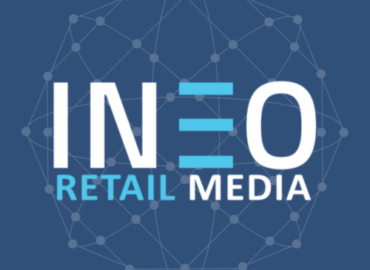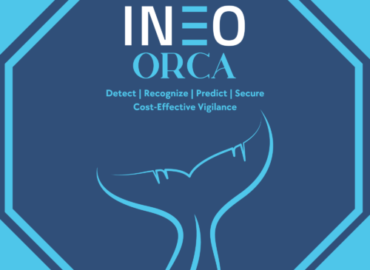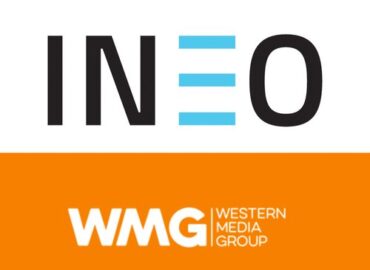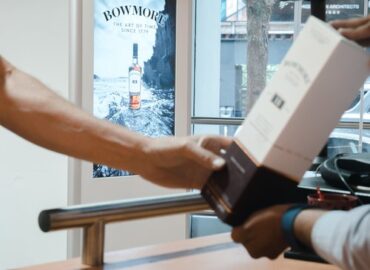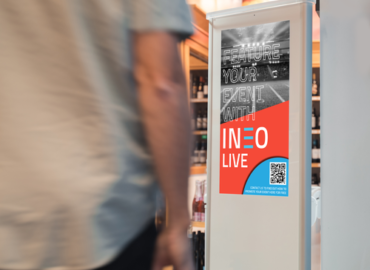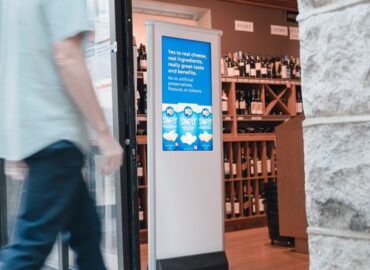Top 3 data-driven advertising strategies for marketers using programmatic DOOH
1. Combine engaging forms with data-driven accuracy
OOH’s historical selling point was that it gave businesses the opportunity to introduce customers to distinctive, eye-catching, stunning creative. DOOH improved that value proposition by enabling advertisers to combine motion and huge, unmissable pictures. By combining the narrative potential and memorable qualities of DOOH with data-driven targeting and automated distribution, programmatic DOOH extends the advantages of DOOH.
Here is an explanation of programmed DOOH targeting. Say a chain of home goods stores wishes to increase foot traffic. The company may programmatically place DOOH advertising in other areas where customers who visit its stores also go by using mobile location data, effectively retargeting those customers. The company might possibly steal market share by studying the paths taken by customers who enter its rivals’ businesses.
Additionally, programmatic marketing offers stronger measurement options than have traditionally been available with the so-called top-of-funnel channel. Advertisers may efficiently assess the incremental effects of DOOH ads on brand lift, foot traffic, and even online conversion using location data. Better still, since anonymised device data is used instead of personally identifying information, there is less danger to user data privacy.
2. Make advertisements pertinent to the threat to consumer data privacy.
Contextual advertising, which tries to optimise ads for relevance to customers without depending on privacy-sensitive data, is generally making a comeback in the digital advertising sector. Serving someone reading about running as a footwear ad comes on the site would be the classic illustration of this in display advertising. The contextual advertising campaign presents an advertisement that is pertinent to the consumer’s current digital experience rather than using the person’s browsing history to target the campaign.
Programmatic DOOH can increase campaign relevance in the same way. Advertisers can modify ad content based on the time of day, weather, news, or sporting events using the flexibility provided by programmatic technology, only showing customers advertising that are pertinent to their situation.
For instance, a clothing company may use weather-based marketing and adjust its creative in real time to promote winter jackets in locations where the temperature goes below 32 degrees, raincoats in locations where the weather is sunny, and summer clothing in locations where it is warm. In each of these instances, the customer is viewing the advertisement that is most pertinent to their current circumstances (and therefore, an ad for the product they are most likely to buy or remember at the point of contact).
Naturally, this real-time relevance optimization is made possible by the data-driven automation of programmable DOOH.
3. Eliminate the trouble of OOH
The perception that out-of-home advertising involves a lot more administrative labour than digital channels like search, social, and display
has historically been one of the hurdles to adoption. Although a large billboard, particularly a digital one, has clear advantages over a small mobile advertisement, marketers are sometimes strapped for time and may not have the funds to launch OOH campaigns.
However, programmable DOOH is altering this as well. A biddable auction is now available for buying DOOH inventory. Programmatic technology can orchestrate campaigns and continuously improve them to help advertisers get in front of the customers they need to reach while removing inefficiencies. Advertisers simply need to enter their criteria, specify the types of audiences they would like to reach, and upload a few creative files. With only a few distinct creative sizes needed, campaigns can be started quickly, and a programmatic platform reduces the difficulties of having to negotiate separate contracts with various media owners.


